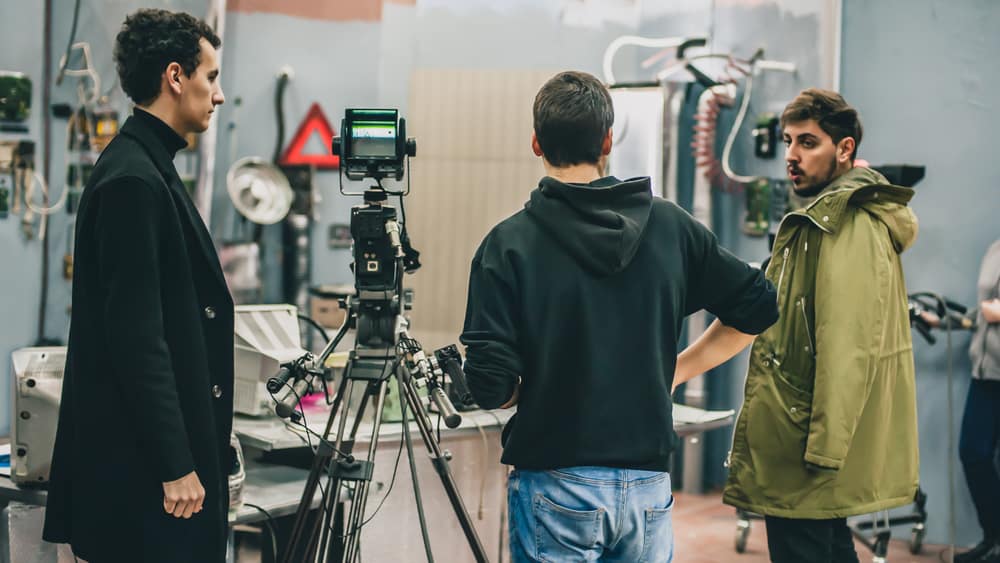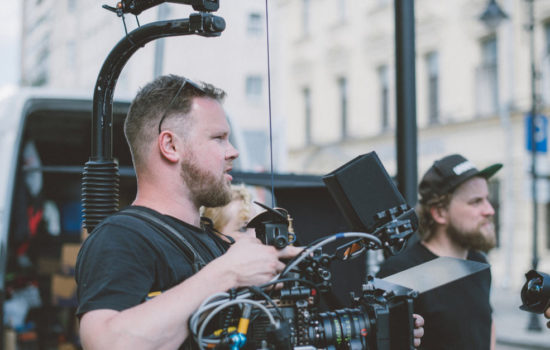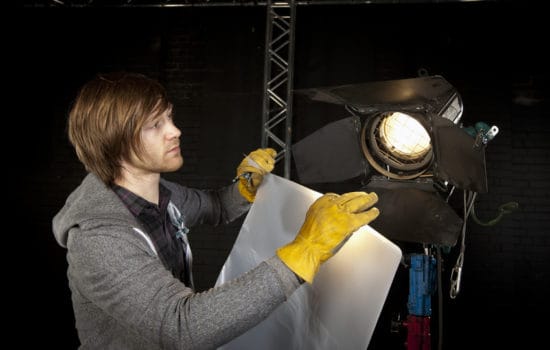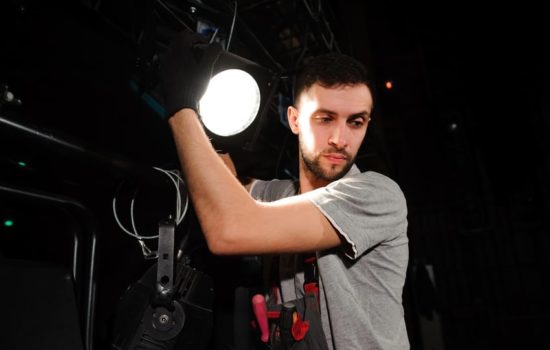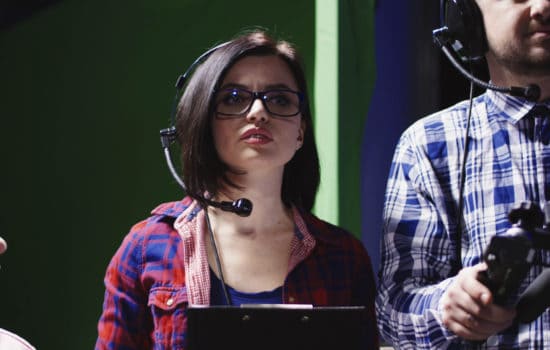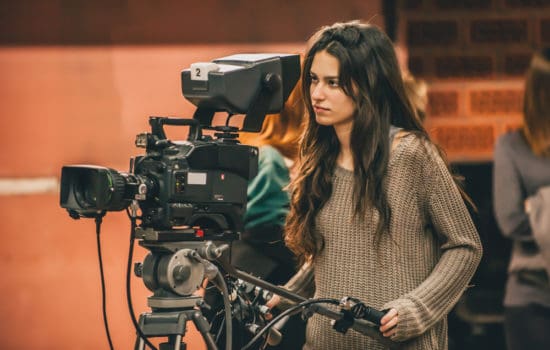Both roles are essential, with the director focusing on the creative aspects of the movie while the producer ensures that the practical and financial elements are in place to support the director’s vision.
Their responsibilities and tasks change significantly across the pre-production, production, and post-production stages of filmmaking.
In pre-production, the producer oversees pre-production meetings, creates and revises budgets and schedules, hires key crew members, and locks in locations. Conversely, the director’s concerns are more creative, concentrating on script development, casting, creative planning, and rehearsals. With a focus on the visionary aspect of the movie, directors refine the script, choose actors, build storyboards, establish the tone and visual style, and conduct rehearsals to bring their vision to life.
During production, the producer oversees daily operations, resolves issues (this applies across the entire production, from financial to planning to people), oversees the budget, and keeps the production running on schedule. The director’s responsibilities move from planning to executing during this phase, as they direct actors and work with the camera department on the film’s aesthetics to shoot the film.
In post-production, the producer continues to manage the film’s overall budget and timeline, works with the marketing team to conceive strategies on how best to promote the movie, negotiates distribution deals, and offers final reports to stakeholders. The director, always focused on the creative aspects of the film, works with the editor and sound and music departments on the film’s iterations, tirelessly refining it until they’re satisfied and can lock picture.
